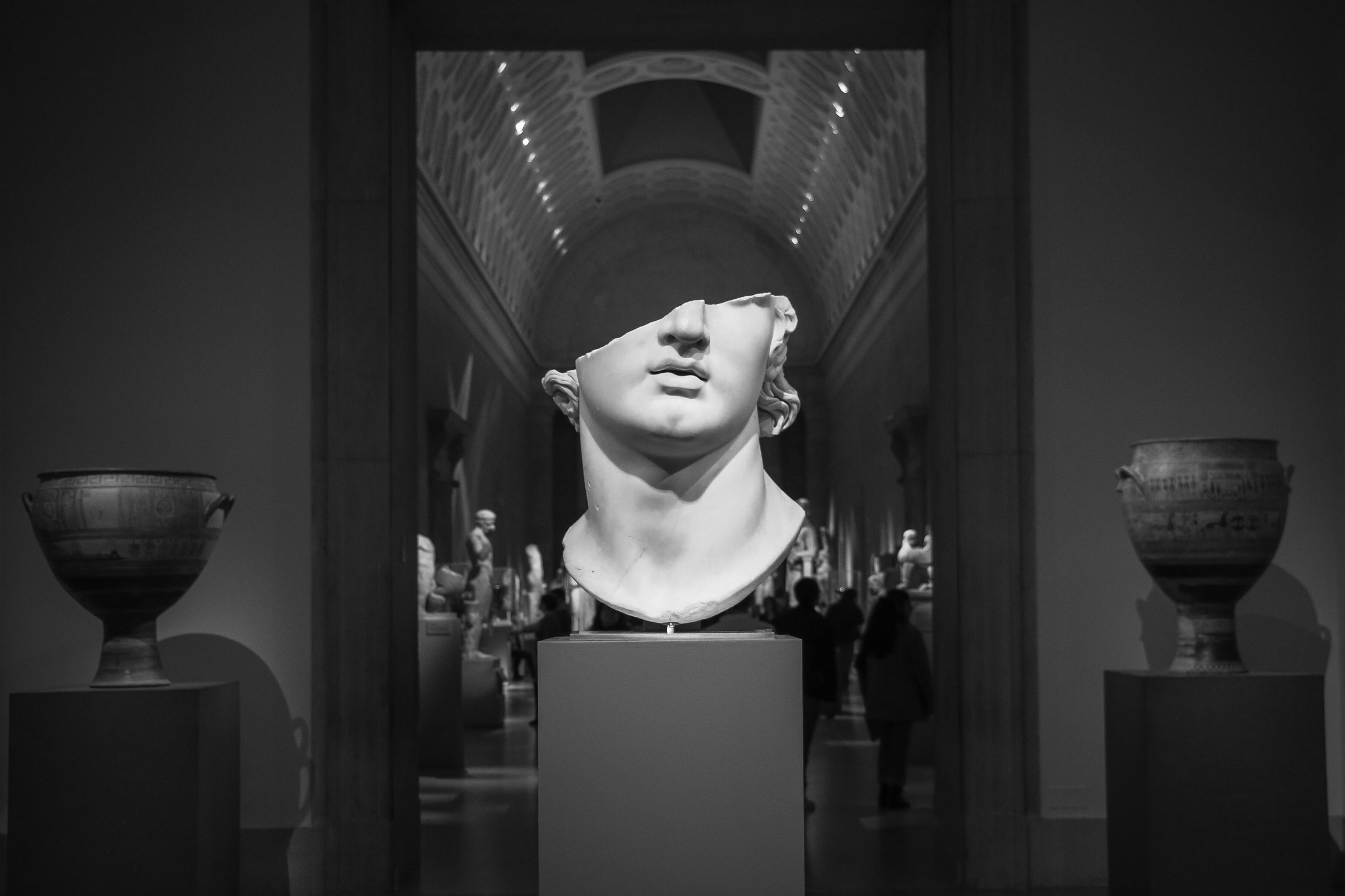In a moment where traveling, wandering around a museum, and going to a theater are suddenly impossible activities, digital experiences are picking up the slack. For the cultural sector, there’s some catching up to do as far as the digital transformation, but the payoff is becoming significant. By using innovative video production, this sector is transforming their content and engaging new audiences.
Virtual art exhibits are only the beginning. By merging traditional art and travel experiences with technological innovation, there’s a brand new life for the cultural sector on the internet.
From Physical to Digital
Right now, not even your favorite travel blogger can satisfy your desire to see the world beyond the four walls of your quarantine. And, the celebrities we have idolized for so long have become just another group of people that are stuck at home.
For many of today’s internet users, online platforms have always been a place for expanding their experience of the world around them. But now, when the most we can find out about the world is how other people are spending their time indoors – from the hardest puzzles to finding the best sourdough recipe – it can feel like we’re all trapped in our own bubbles.
For the cultural sector in particular, this new reality has prompted a huge transformation of the consumer experience. As largely a B2C industry, the cultural sector has been extremely vulnerable to the lockdown. With people unable to leave their homes, and all large public gatherings having been prohibited, there was no obvious solution to encourage consumers to stay engaged with this sector.
However, one thing was clear: the cultural sector needed a digital transformation.
Keeping Up With Demands for Content
Digital experiences have become the priority, and are the best ways to keep up with consumer demands for content. Plus, digital experiences serve as a stimulating replacement for the activities that people are missing most right now.
According to JiaJia Fei, the consulting director of digital at the Jewish Museum in New York:
“For digital innovators, this is our moment to push the limit of our creative and technical vision, and a chance to openly experiment. For everyone else, it’s a crash course in digital marketing triage.”
Fei highlights an important point about the potential distance between digital innovators and traditional marketers. However, some industry leaders have been proactive in innovating old-school content to fit with the new digital landscape.
This is where big industry names like Sotheby’s and Tripadvisor come into play. When the coronavirus shutdown hit, both of these companies faced the same question: how would they stay engaged with their consumers? Nobody is visiting an art exhibit, let alone traveling anywhere new. But, these two companies house teams that were able to mobilize quickly to an all-online space. By leaning into their digital footprints, Sotheby’s and Tripadvisor have been able to differentiate themselves among their competition.
To hear more strategic insight from Sotheby’s Head of Content and Creative Services, Mitra Amestoy, and from Tripadvisor’s Director of Video and Executive Creative Producer, Susie Conley, watch Green Buzz Agency’s recorded webinar below.
Redefining the Customer Experience
There might not be anything that can replicate the shared excitement of an in-person experience among a crowd, but there are alternative experiences to explore. For example, digital formats like 360 video and virtual reality take the traditional experience of art and travel and throw them out the window.
In our real lives, we don’t experience the world in an instant 360 degree view or even in the same way that virtual reality tries to replicate. Still, these innovative digital formats provide a sense of a real-time experience that people are missing the most right now. Plus, they redefine the customer experience while still providing the desired content.
For example, travelers can explore the Swedish wilderness, walk through Egypt’s Pyramid of Giza, and fly over a Romanian National Park, all in one day with the help of 360 degree video.
Redefining the customer experience in this way not only takes an industry set in its ways to a new digital reality, but it also incorporates a highly advanced level of technology. Though this is impressive, it’s important to avoid alienating core audiences.
The Guardian writes that, “achieving this requires an eye toward egalitarianism: almost everyone has a mobile phone and computer at home, but very few have traditional VR headsets, which points to a rise in 360 video, Google cardboard, and conferencing tools that can easily be streamed at home.”

Staying Human, Digitally
While the shift to digital experiences in the cultural sector is crucial during this period, consumers are still drawn toward authentic messaging. Content like 360 video and virtual reality is enticing. But, these forms still might not permanently replace consumers’ emotional connection to what they’re missing out on by being stuck at home.
And, more importantly, your audience needs you to be in tune with the individual impact of the pandemic. For your company, this can just mean using your platform to promote a brand voice that is both proactive through digital innovation, and actually concerned with how they can best serve their consumers.
The cultural sector also has a particular responsibility to remember the core values of the content they produce, before rushing for high-tech formats. People won’t be stuck at home forever. When we can return to a new normal, it’ll be important to maintain agility and remember what the cultural sector really stands for.
Emily Herman, Marketing and Communications.
